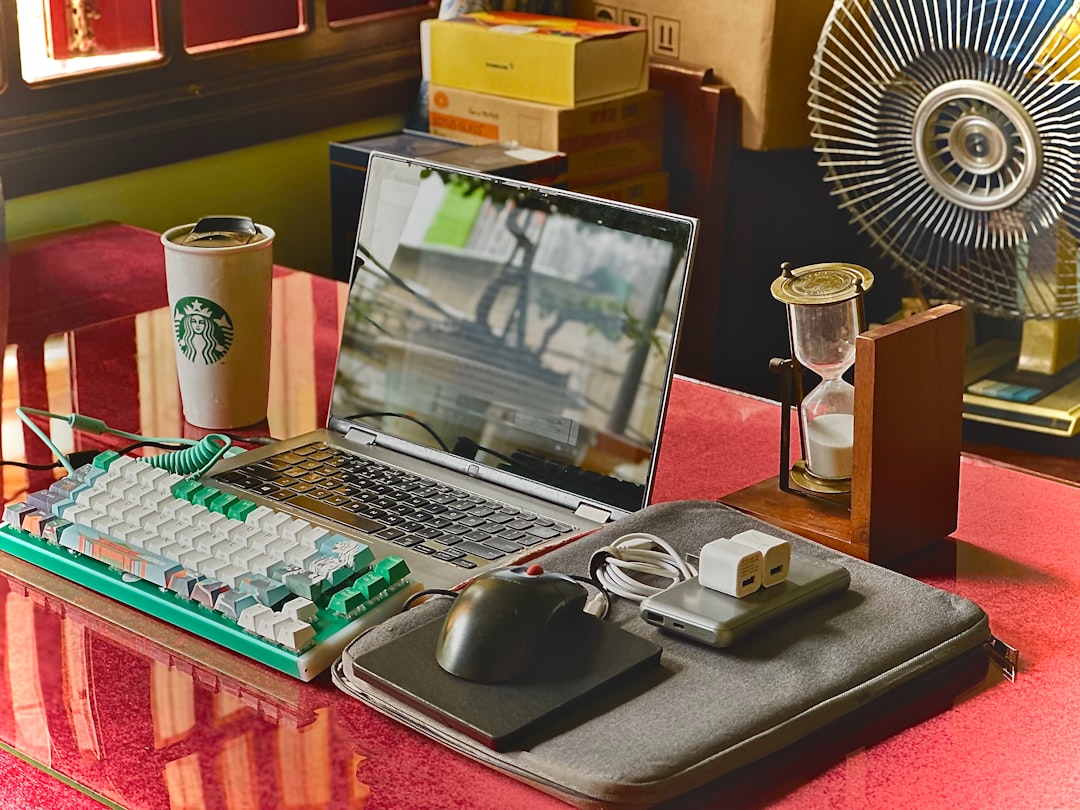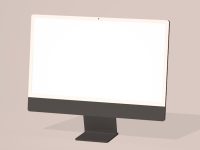Virtual Reality has exploded in popularity in recent years, and 2025 is shaping up to be the most exciting year yet for immersive gaming. Whether you’re flying spaceships, exploring otherworldly landscapes, or surviving post-apocalyptic scenarios, VR delivers an experience like no other. But not all gaming laptops are created equal when it comes to handling the demands of VR gaming. If you’re looking to get the most out of your headset, this ultimate guide will help you optimize your gaming laptop for VR in 2025.
1. Check VR Compatibility
Before tweaking performance settings or upgrading hardware, make sure your gaming laptop meets the minimum system requirements for VR. Most VR headsets, like the Meta Quest 3 or HTC Vive Pro 2, require a high-end GPU and CPU, as well as plenty of RAM.
- GPU: NVIDIA RTX 3060 or higher (RTX 4000 series preferred for best experience)
- CPU: Intel i7 12th-gen or AMD Ryzen 7 5800H and above
- RAM: Minimum 16GB; 32GB recommended
- Ports: USB 3.0 ports and DisplayPort or USB-C with DisplayPort alternate mode
If you’re unsure whether your system is VR ready, use tools like SteamVR Performance Test or Oculus Compatibility Check for quick diagnostics.
2. Optimize System Settings
Fine-tuning your settings can significantly improve VR performance and reduce motion sickness caused by lag.
Steps to optimize:
- Disable background apps: Use Task Manager (Ctrl + Shift + Esc) to close apps that consume CPU and RAM.
- Adjust power settings: Set the laptop to “High Performance” in Windows power settings to ensure maximum CPU and GPU performance.
- Keep your system updated: Regularly update your GPU drivers, Windows OS, and VR platform software.
- Lower in-game graphics settings: Prioritize frame rate over graphics quality. Smooth VR needs at least 90 FPS at all times.

3. Optimize GPU Settings
Your laptop’s dedicated GPU is the workhorse of a successful VR setup. Depending on whether you are using NVIDIA or AMD graphics, head over to the respective control panel to tweak the settings.
For NVIDIA:
- Open NVIDIA Control Panel
- Go to “Manage 3D Settings” > “Program Settings”
- Select your VR game or SteamVR/OpenXR
- Set Preferred Graphics Processor to “High-performance NVIDIA processor”
- Enable Low Latency Mode
For AMD:
- Open AMD Radeon Software
- Set “Graphics Profile” to Gaming or eSports
- Enable Radeon Anti-Lag and set Tessellation Mode to “Override application settings”
4. Control Thermal Throttling
VR games push your laptop’s hardware, creating heat that can lead to thermal throttling — a performance drop caused by overheating.
Tips to manage heat:
- Use a premium cooling pad
- Regularly clean vents and cooling fans
- Elevate your laptop for better airflow
- Consider repasting CPU/GPU if you’re experienced with DIY maintenance

5. Tweak VR Platform Settings
Most VR platforms (e.g., SteamVR, Oculus) allow users to customize various performance options. These can drastically impact frame rates and stability.
SteamVR settings:
- Go to “Settings” > “Video” and adjust your render resolution to match your GPU’s capabilities.
- Enable Motion Smoothing to handle frame drops gracefully.
Oculus settings (using Oculus Debug Tool):
- Set “Asynchronous Spacewarp” to Enabled
- Adjust the “Pixels Per Display Pixel Override” for image clarity vs. performance
6. Use External Accessories for Enhanced Experience
Aside from optimizing software and hardware, the right accessories can elevate your overall VR gameplay.
- External sensors: Improve tracking accuracy (especially for full-body motion games).
- VR-optimized headphones: For immersive 3D spatial audio.
- External GPU (eGPU): A great option for laptops with Thunderbolt 4 support who want desktop-class performance.
Conclusion
VR gaming on a laptop is not only possible in 2025 — it’s downright exhilarating when done right. By following these best practices and tips, you can ensure your gaming laptop delivers smooth, immersive, and highly responsive VR gameplay sessions. Get ready to dive into new dimensions and experience virtual reality the way it’s meant to be played.
Whether you’re a seasoned VR veteran or just stepping into the metaverse, optimizing your system is crucial. With these settings dialed in, all that’s left is strapping on your headset and entering your next adventure.



Leave a Reply